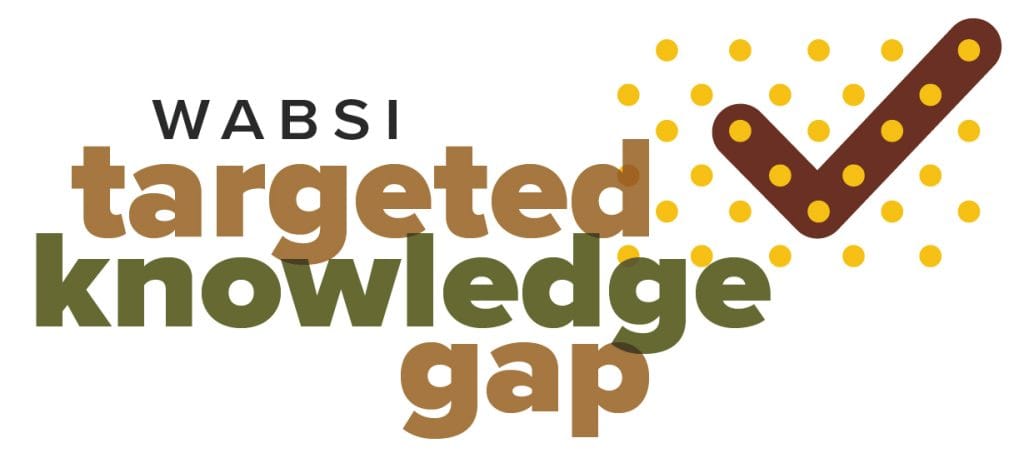Increasing knowledge to mitigate cat impacts on biodiversity: Research program focal area 3 – Quantifying impacts
Addressing research priorities
Would you like to undertake high-impact research that really makes a difference? WABSI consults extensively with end users and stakeholders to identify priority biodiversity science knowledge needs. This helps us develop timely and relevant programs that address critical needs and have a strong pathway to adoption.
Developing projects that address key end user priorities can help maximise project funding opportunities and will lift the impact of your research.
To work with the WABSI collaboration of partners in addressing priority issues, submit a project abstract. (Please demonstrate a clear alignment with one or more priority knowledge gaps.)

Focal area 3 – Quantifying impacts
| OUTCOMES | OBJECTIVES | KNOWLEDGE GAPS |
| The relationship between feral cat density and impact is understood in a manner that allows for management to most effectively and sustainably result in the recovery of native fauna across varying landscapes The extent of land (and the number of wildlife populations) benefitting from effective cat management is significantly increased The impact of cat-borne disease on human health and agriculture is understood and minimised | Quantify the interactions and outcomes of cat predation and the impact of other threatening processes on native fauna conservation Understand the context-specific circumstances that can allow cats and native fauna to co-exist, including establishing threshold tolerances of different native species to feral cat predation pressure to facilitate the maintenance or recovery of prey populations Quantify relationships between feral cat densities and their prey Determine the extent of, and how to best mitigate, the prevalence and impact of cat-borne disease on biodiversity, with flow on benefits to agriculture and human health | 8. Cat impacts density targets and biodiversity response thresholds 9. Understanding disease prevalence and impacts |